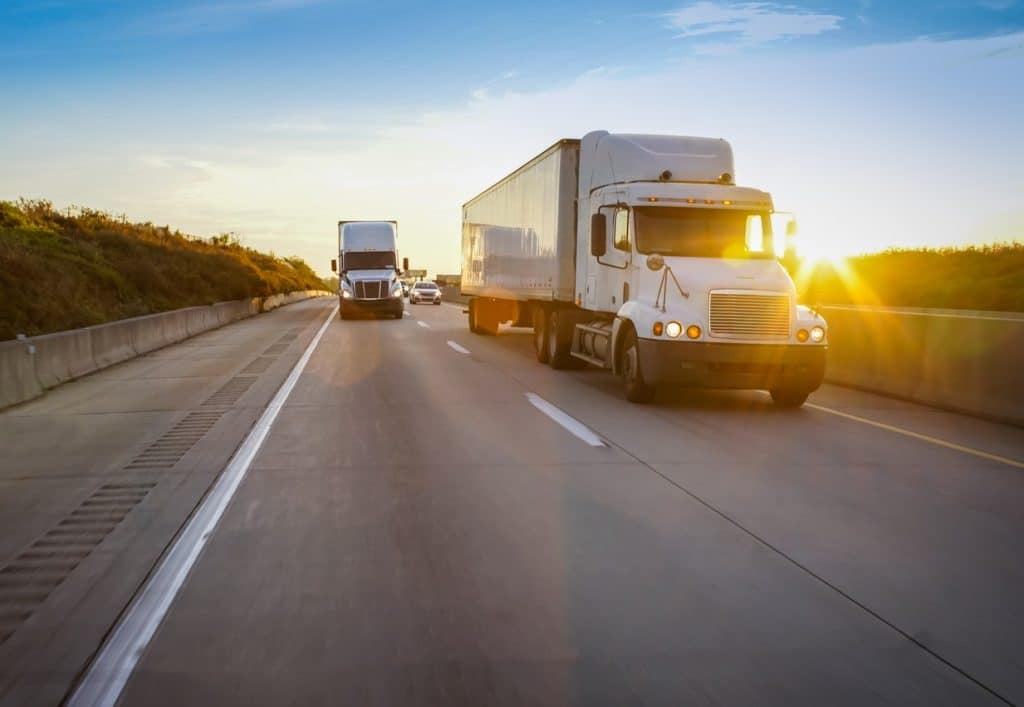The sun is setting on 3G. Is your fleet prepared?
Major wireless network carriers are in the process of phasing out their 3G networks – commonly referred to as the 3G sunset. This is the period when wireless carriers will shut off their 3G services to make room for upgraded connectivity. When this occurs, all devices that are not 4G (LTE) compatible or higher will no longer receive cellular service, The period when wireless carriers make room for upgraded connectivity by shutting down existing 3G services is most commonly referred to as the “3G sunset”. All devices that are not 4G and LTE compatible (or higher) cease to receive cellular service after the transition is complete.
While the 3G network shutdown is not expected to be completed until the end of 2022, wireless network carriers are already starting to phase out their 3G networks. With 4G and LTE services now on the horizon, the time to plan ahead is now.
What does the 3G sunset mean for my existing telematics solutions?
The 3G sunset means different things to different fleets; for fleets that haven’t yet upgraded their devices, it could mean loss of connection to vehicle and driving data. To prevent loss of data transferring (and signal), fleets with 3G vehicle tracking devices will need to upgrade to 4G devices.
Conversely, the upgrade to 4G and LTE will provide users with a wider range of capabilities, including enhanced connectivity and speed, faster download speed and wider support for streaming and video interactions. Unfortunately, this means that 3G devices will no longer work or be supported.
What can I do to prepare?
Fleet managers will want to check all of their installed devices to determine how many still operate on a 3G network. You will definitely want to consider reaching out to your GoFleet Account Manager to determine whether your devices are 3G or 4G, as well as what plans are available to you in order to avoid disruption of service.
Fortunately our team prides itself on expandable, scalable business solutions for fleets of all sizes. Your account manager will be more than happy to work with you to create an installation plan for your new 4G devices to ensure a seamless transition.
Fleets can start protecting their technology investment by selecting devices and telematics solutions that are scalable and adaptive. Don’t be caught in the middle of a massive service disruption by assuming the 3G sunset doesn’t apply to your fleet. The move towards 4G — and increasingly 5G — is inevitable. Knowing what lies ahead and adopting flexible technology will help your fleet stay agile.


